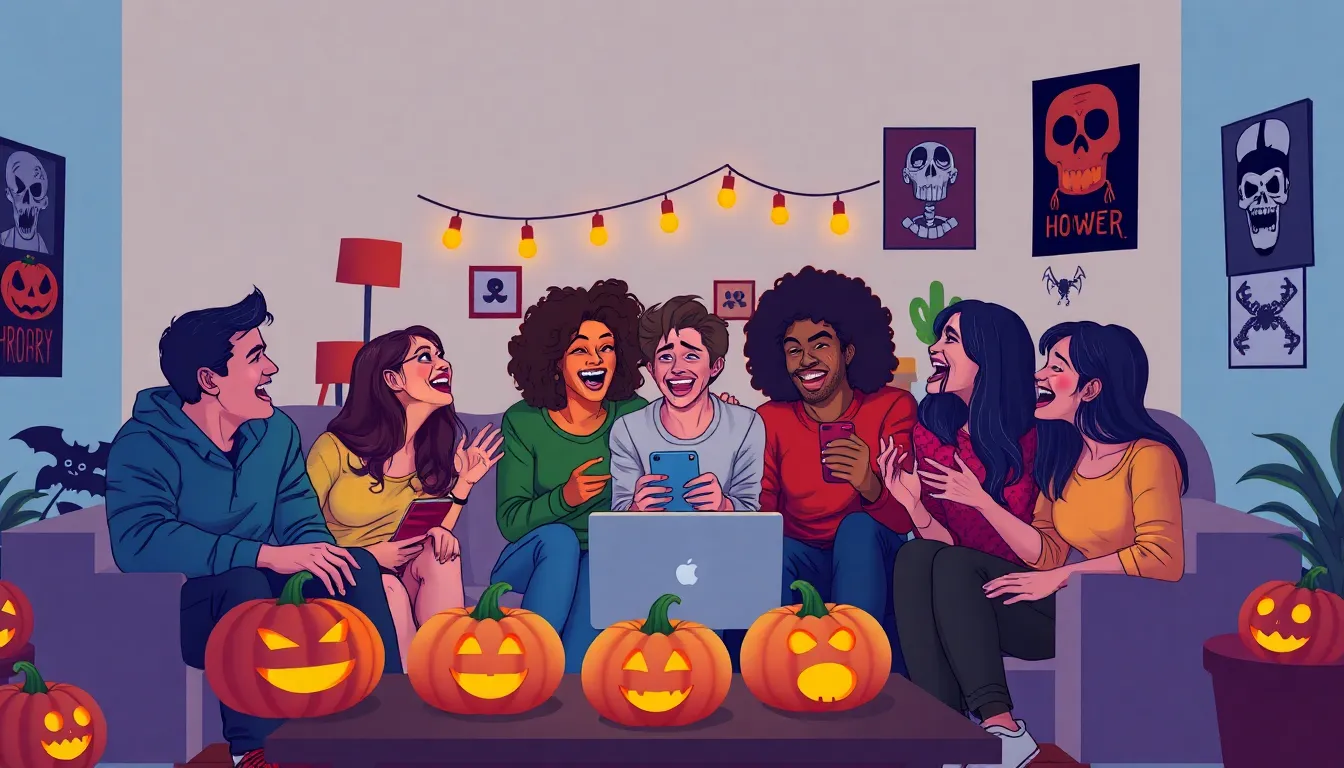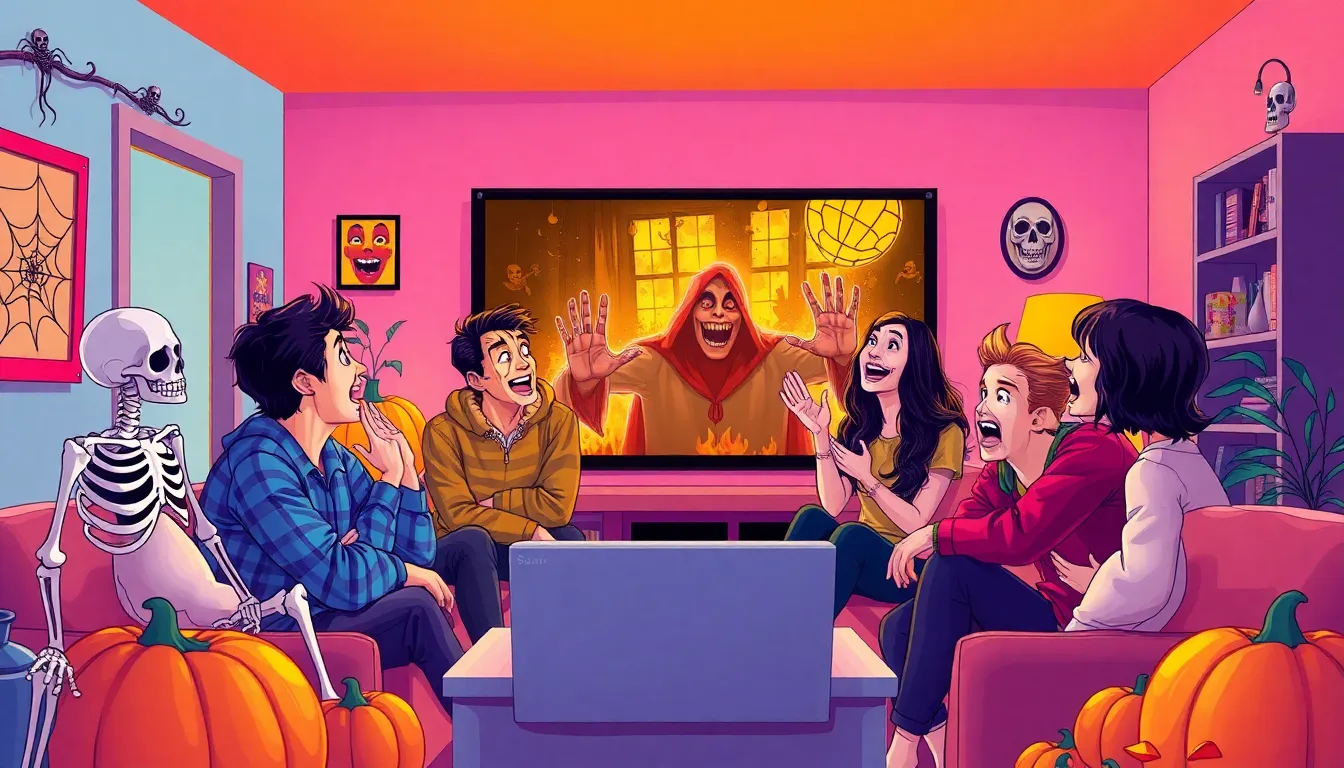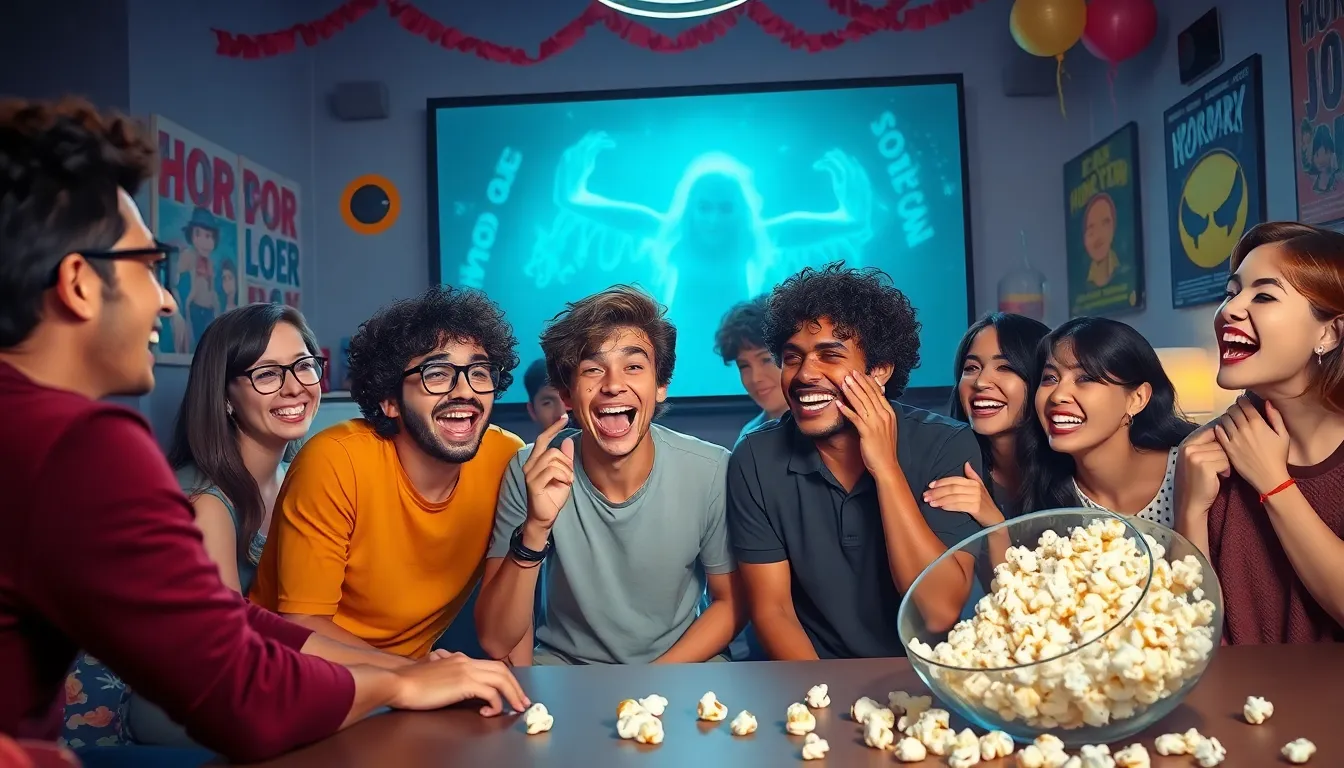When the lights dim and the eerie music starts, horror movies have a way of gripping audiences like a vice. But what if there was a way to turn that spine-chilling experience into something downright delightful? Enter the realm of “beat horror movies”—films that blend terror with humor, leaving viewers laughing as much as they’re screaming.
Beat Horror Movies
Beat horror movies blend humor with horror, creating a distinct viewing experience. Audiences find joy in the comedic elements while still feeling the thrill of fear.
Definition and Characteristics
Beat horror movies combine horror and comedy elements. These films often feature exaggerated characters, absurd situations, and clever one-liners, balancing tension with humor. Unique storytelling techniques characterize this genre, including playful subversion of horror tropes. Commonly, these movies showcase graphic violence juxtaposed with slapstick humor, leading to unexpected reactions from viewers. Key examples include Shaun of the Dead and Tucker and Dale vs. Evil, which emphasize this blend effectively.
Historical Background
The origin of beat horror movies traces back to the late 20th century. Filmmakers began fusing horror with comedic elements to reach broader audiences. Notable influences include Evil Dead II and The Cabin in the Woods, which contributed to the evolution of the genre. These films paved the way for more recent productions that embrace the blend of scares and laughs, reflecting evolving cultural tastes. The success of this genre speaks to its ability to resonate with audiences seeking a less conventional horror experience.
Key Elements of Beat Horror Movies

Beat horror movies thrive on their ability to infuse humor into the traditional horror framework. This hybrid genre captivates audiences by blending scares with laughter, creating a unique atmosphere.
Unique Themes and Motifs
Themes often explore the absurdity of fear and societal norms. Characters frequently find themselves in ridiculous situations, highlighting the contrast between horror tropes and comedic outcomes. Quirky friendships, unexpected heroism, and satirical takes on conventional horror arcs emerge as popular motifs. The blend of satire and irony provides depth, allowing audiences to reflect on real-world fears while laughing. Films like “Shaun of the Dead” exemplify how these themes resonate with viewers, combining relatable characters with outrageous scenarios that critique horror clichés.
Artistic Styles and Techniques
Visual styles in beat horror movies enhance comedic impact. Directors often employ bright color palettes and exaggerated caricatures to establish a playful tone. Quick cuts and dynamic camera movements amplify both tension and humor, creating a rhythm that keeps viewers engaged. Sound design plays a crucial role, blending eerie sounds with comedic effects to elicit specific emotions. For instance, the use of upbeat music during tense scenes fosters an ironic juxtaposition. Overall, these artistic choices solidify the genre’s identity, making it accessible and enjoyable for diverse audiences.
Notable Beat Horror Movies
Beat horror movies showcase a distinctive blend of humor and fear, captivating audiences with their unique charm. The following films exemplify this engaging genre.
Iconic Films to Watch
“Shaun of the Dead” combines zombie mayhem with British wit, making it a staple beat horror film. “Tucker and Dale vs. Evil” flips traditional horror tropes by portraying misunderstood hillbillies amidst absurd mishaps. “Evil Dead II” stands out for its slapstick approach to horror, seamlessly mixing gore with comedy. “The Cabin in the Woods” cleverly satirizes horror clichés while delivering unexpected twists. These films resonate due to their clever writing and entertaining performances.
Directors Who Pioneered the Genre
Edgar Wright pioneered beat horror with his fresh take on zombies in “Shaun of the Dead.” Eli Craig brought humor to horror with “Tucker and Dale vs. Evil,” merging comedic elements with genuine scares. Sam Raimi influenced the genre significantly through “Evil Dead II,” showcasing a unique balance of slapstick and horror. Drew Goddard elevated the genre with “The Cabin in the Woods,” redefining horror film expectations. These directors crafted memorable films that shaped the landscape of beat horror.
The Impact of Beat Horror Movies
Beat horror movies significantly shape the landscape of modern cinema, blending humor with traditional horror elements. Filmmakers often draw inspiration from the genre’s unique style, infusing their works with comedic relief. Movies such as “Get Out” and “What We Do in the Shadows” highlight this trend, reflecting how humor can coexist with horror. Genre-bending films attract diverse audiences, encouraging experimentation and innovation in storytelling. Directors emulate the blend of fear and laughter to captivate viewers, ultimately expanding the boundaries of film genres.

Culturally, beat horror movies resonate with audiences by addressing societal fears through satire and absurdity. These films often critique conventional norms, allowing for deeper reflection on issues like friendships and heroism. Comedic elements soften the impact of horror, making serious themes accessible. As audiences engage with the humor, they also confront real-world anxieties. Movies like “Zombieland” exemplify this, by juxtaposing laughs with apocalyptic themes. The fusion of comedy and horror cultivates a unique space for introspection and entertainment, enhancing relevant cultural discussions.

